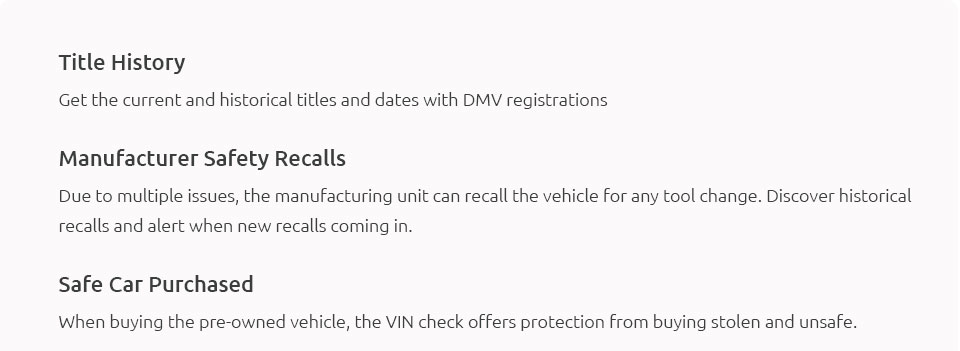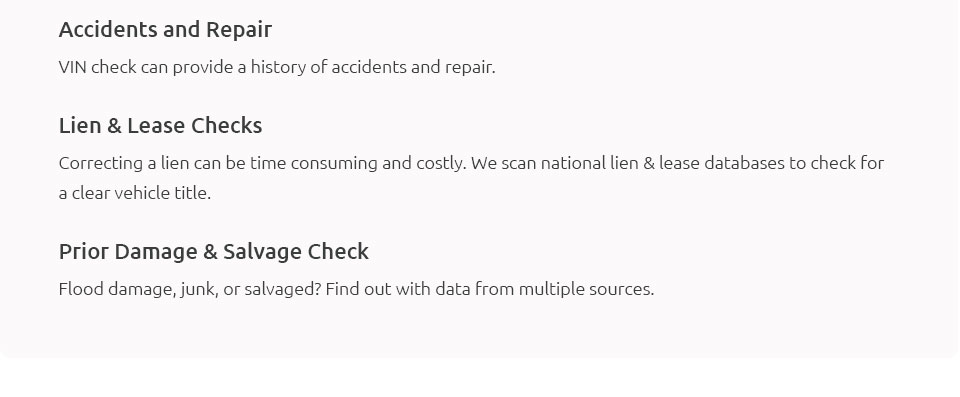 |
 |
 |
 |
 |
||
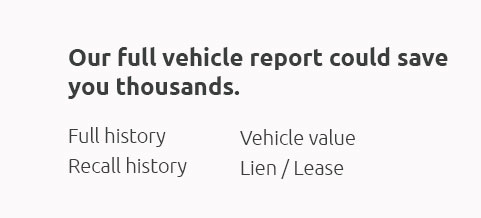 |
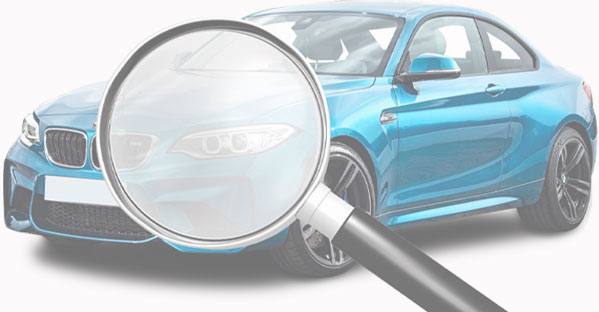 |
|
 |
 |
|
 |
 |
 |
 |
||
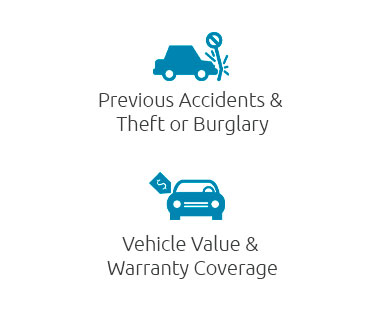 |
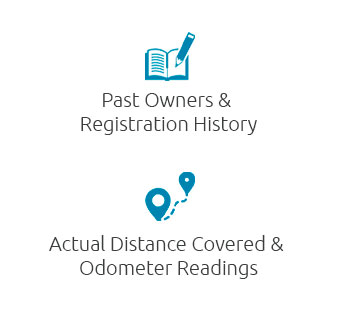 |
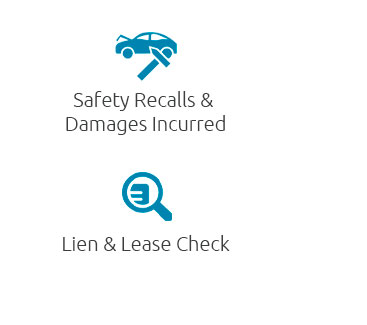 |
 |
 |
 |
||||
|
||||
 |
 |
How to Check a Vehicle Title for Liens: A Comprehensive GuideWhen considering the purchase of a vehicle, ensuring that the title is clear of any liens is an essential step that cannot be overlooked. A lien on a vehicle title means that a third party, often a financial institution, has a legal right to the vehicle until a debt is paid off. Buying a car with an undisclosed lien can lead to unexpected complications, including potential repossession. Therefore, understanding how to verify the status of a vehicle's title is crucial for any prospective buyer. The first step in checking for liens is to gather the vehicle's information, most notably the Vehicle Identification Number (VIN). This unique code, which acts like a fingerprint for the car, is essential for any title search. The VIN is typically located on the driver's side dashboard, visible through the windshield, or on the driver's side door jamb. With the VIN in hand, there are several approaches one can take to check for liens. One straightforward method is to contact the Department of Motor Vehicles (DMV) in the state where the vehicle is registered. The DMV can provide information about any liens on the title, although this might involve a fee. Be prepared to offer proof of ownership or a legitimate reason for your inquiry, as privacy laws often govern this information. Online resources offer another viable option. Numerous websites provide lien and title checks for a fee. Services such as Carfax or AutoCheck compile vehicle history reports that may include information about liens. While these services are convenient, it’s essential to use reputable platforms to ensure accuracy.
It's wise to exercise caution and diligence when assessing a vehicle's title for liens. In cases where a lien is discovered, it doesn’t necessarily mean the end of the road for the purchase. Often, negotiations with the seller to resolve the lien before finalizing the transaction can be arranged. However, it’s crucial to ensure that all liens are resolved and reflected as cleared on the title before transferring ownership. In conclusion, verifying a vehicle title for liens is a vital part of the car-buying process. It safeguards against legal and financial troubles down the line. By using a combination of methods – contacting the DMV, utilizing online services, consulting directly with lenders, and examining the title – buyers can protect themselves from unwanted surprises. Although the process might seem daunting, the peace of mind it affords is undoubtedly worth the effort. https://www.smithdebnamlaw.com/article/how-to-avoid-the-risky-business-of-an-unrecorded-lien-on-a-titled-vehicle/
When "clean" titles are issued in NC by mistake, it creates a big headache for the lien holder. Find out how to avoid an unrecorded lien on ... https://www.dmv.virginia.gov/vehicles/title/liens
A lien is a legal claim on an asset that is usually used as collateral to pay a debt. Liens are applied to a vehicle title when you first purchase it. https://www.youtube.com/watch?v=vYSzm9xDqvY
Before you buy that used car, do you know if there's a lien on it? Bank liens show up on the title itself. Let Joe Know shows you how to ...
|

